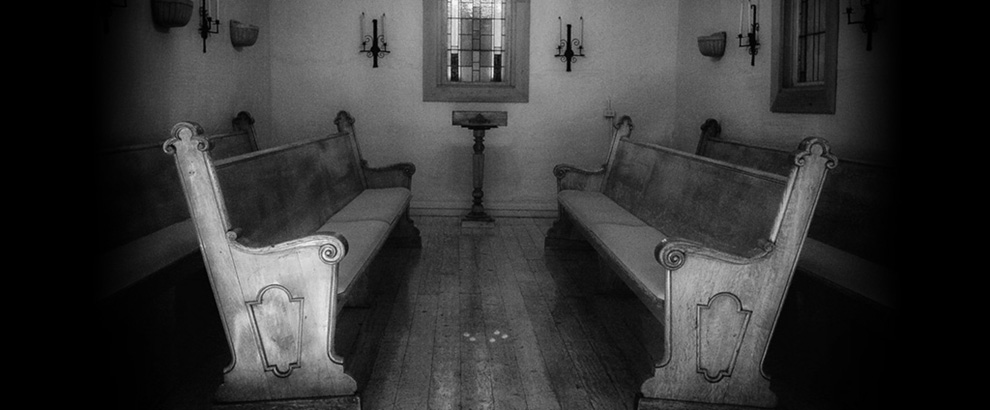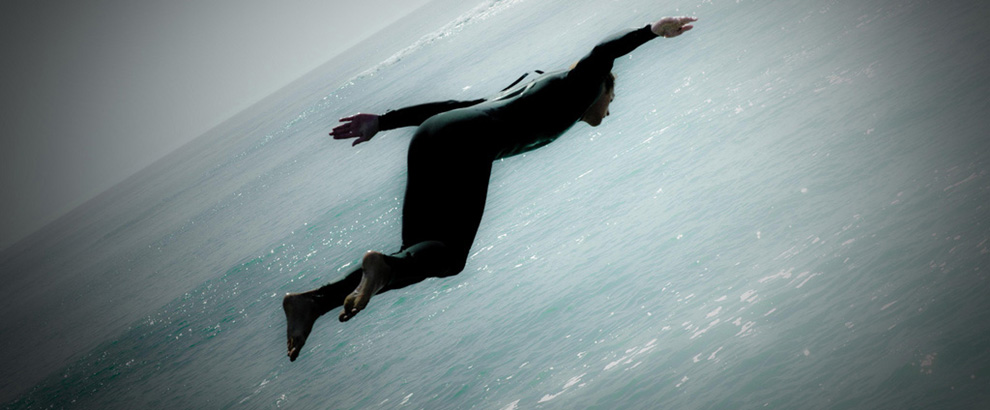
The assaults, the responses, the anguish, the questions, the cruelty, the concern, the reprisals, the relentless tsunami of invective and resultant anxiety.
The anger and exhaustion, which is largely the intent.
The despair which creeps in quietly underneath, simmering…
And still, with Maya Angelou, we must rise.
But not today. Not this moment.
We must protect ourselves, too, by tending regularly to our zones of joy.
Today, beauty, for beauty’s sake. (And our own.)
Though with a loop back into history near the end.
***
***
Leoš Janáček (pronounced “Lowsh Yun-ahh-check”) was a Czech classical composer who made abundant use of his country’s traditional folk music to craft a body of work with a distinct homegrown, nationalist flavor. Often compared to his more widely hailed countryman Antonín Dvořák, Janáček literally wandered his country eavesdropping on snippets of language and even inanimate sounds he heard from city to countryside, cafes to farmhouses, from which he tried to extract the rhythms, tones and liltings unique to their place and time.
Between 1900 and 1911, he wrote a song cycle for piano, poetically entitled “On an Overgrown Path.” He completed the work in phases, segmented finally into two parts—rather like a vinyl record with sides A and B before vinyl records were a thing. (Vinyl first appeared in 1931, courtesy of RCA; stay with me here, friends, and you’ll be better armed for your trivia games…)
One song from the A side, as it were, is our object of attention here: “The Madonna of Frýdek.” (Some sources use “Virgin” instead of “Madonna.”)
The title refers to an ostensibly miracle-dispensing statue of the Virgin Mary housed in a church that dates from 1777, and which has since received papal accolades and protection as a national cultural monument in the Czech city of Frýdek-Místek (population 54,000) .
Miracle and virginity claims aside, “The Madonna of Frýdek” is a sublime three-plus minutes of music that almost immediately pierced the bubble of my attentiveness to the movie it was accompanying as part of the soundtrack (more on the movie below).
Let’s give it a listen and you’ll hear what I mean.
***
***
There’s a kind of hypnotic element to the main melodic line, which fairly aches with warm tones and a feeling of expectancy. The pianist’s right hand carries the simple (in a good and pure way) melody while her left hand underscores it with a two-finger repetition known as “ostenato.”
The left hand with a drivenness, the right hand tender, seeking, plaintive.
From its opening notes, it caused me to start juggling my attention from the movie’s storyline to its music and back again, my brain suddenly doing twice the work, from two different centers, I suspect, than it had been just moments before. It’s the difference between background music in a bar or restaurant way out on the periphery of our consciousness while we’re talking with our table mates, and the scene suddenly transformed into a concert space with the tables put aside, the chairs lined up, and the entire audience honed in on a performance for which we have paid good money.
Ricocheting between those scenes, my brain was trying to continue following the characters and story while my heart was melting into the music.
Either way, the tune has stayed with me ever since, intruding, in the best possible way, into most of my waking moments like an exceedingly pleasant brain worm glad to hear me humming while washing dishes or singing on a walk, with me glad in return.
Symbiotic, I think they call that.
***
As for how I got here: an occasional movie group I belong to chose “The Unbearable Lightness of Being” as our next selection. (Yes, it’s from 1988—our group is still trying to catch up to the 21st century.)
The movie, directed by Philip Kaufman (“The Right Stuff,” “Henry and June”), was based on the 1984 international best-selling novel of the same title by Czech writer Milan Kundera.
As it happens, Kundera’s father was a concert musician, and Kundera himself studied for a musical career before switching to literature. He suggested Janáček’s music to Kaufman, and that’s how 11 of the composer’s compositions came to serve as the film’s musical scaffolding.
The other two pieces in the film are a Czech folk song and an adapted Czech version of The Beatles’s “Hey Jude.”
“The Unbearable Lightness of Being” follows three main characters. Tomás (Daniel Day-Lewis) is a brain surgeon and hopeless cad who can’t stop seducing women while never consenting to stay overnight with them if he can help it. Tereza (Juliette Binoche) and Sabina (Lena Olin) are the most favored of his many paramours.
The trio’s tangled relationships are upended by the tempests of the “Prague Spring” in 1968. The historic event reflected a long upwelling howl for loosening the oppression of the communist system that the Soviet Union had imposed on the country when it was handed control of it in the wake of World War II. Massive sustained street protests through the spring demanded greater freedom, but by August, troops from the Warsaw Pact (Russia, Poland, Hungary, Bulgaria) descended upon Prague in a brutal crackdown that broke the back of the resistance, installed a new puppet government, and reestablished authoritarian rule once again.
Seven years later, Kundera, a dedicated communist in his younger years, fled to Paris, his books banned in his native country until the Soviet Union finally disbanded in 1989 and meaningful reform came to many of its former client states. (Ukraine, now fighting for its very life once again as a sovereign nation, being one of them.)
So it goes in autocratic regimes, the individual quashed in deference to the state while the media, public intellectuals, legislatures, military and bureaucracy are all brought to heel in fidelity to the leader whose levers of power he alone controls.
It’s an old story that resurrects zombie-like in human affairs, but when in our rage we forsake beauty and humor, mischief and grace, art and the riches of relationship, we double the injury, digging our own graves of disappointment and despair.
To which all great art serves as rejoinder, be it in books, movies, music, or all three percolating in a delectable cocktail that captures and sustains the life force that is ours always to claim in turn.
***
Kaufman kept the bones of Kundera’s story but changed enough particulars to reportedly irritate Kundera—with good cause, I think…Yet Kaufman, a true artist himself, did what artists do—make the story his own. Some key scenes here, propulsed by the music under discussion…
***
Finally, a lovely transcription for two guitars…
***
PLEASE NOTE: My Comments section usually perched below is currently suffering from the malady known as “technical wonkiness,” so for the moment, please feel free to visit my public Facebook page at https://www.facebook.com/andrew.hidas/ and scroll down to the post regarding this blog, where you can join the discussion at your leisure.
Deep appreciation to the photographers! Unless otherwise stated, some rights reserved under Creative Commons licensing.
Elizabeth Haslam, whose photos (except for the books) grace the rotating banner at top of page.
https://www.flickr.com/photos/lizhaslam/
Library books photo by Larry Rose, all rights reserved, contact: larry@rosefoto.com
Butterfly and sun set by Andrew Hidas https://www.flickr.com/photos/andrewhidas/
Janáček portrait from the public domain
Appreciation also to my musical consultant and expert pianist Beth Scherfee, for introducing me to the mysteries of “ostenato.”

















Recent Comments